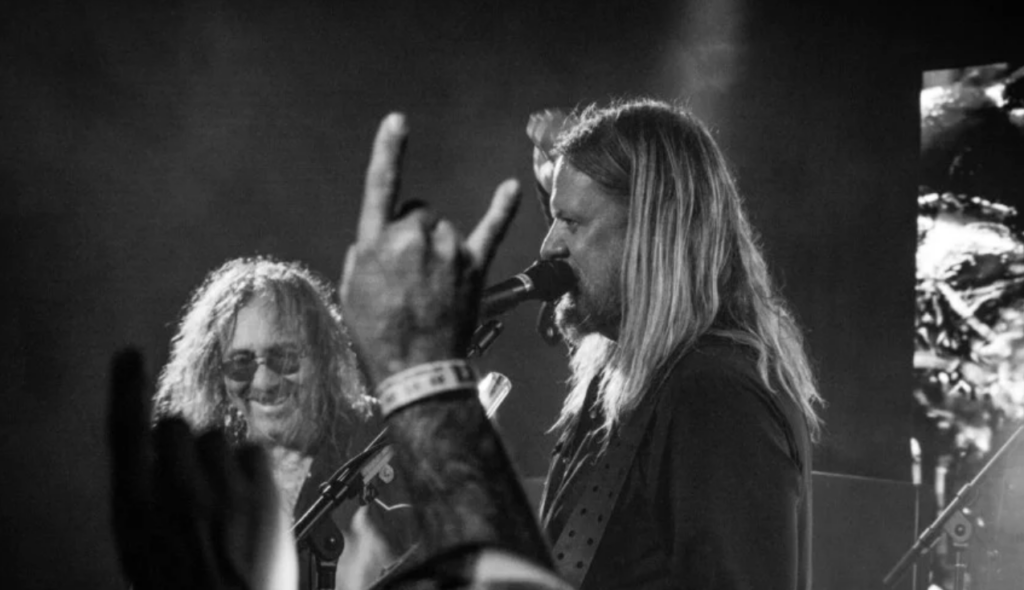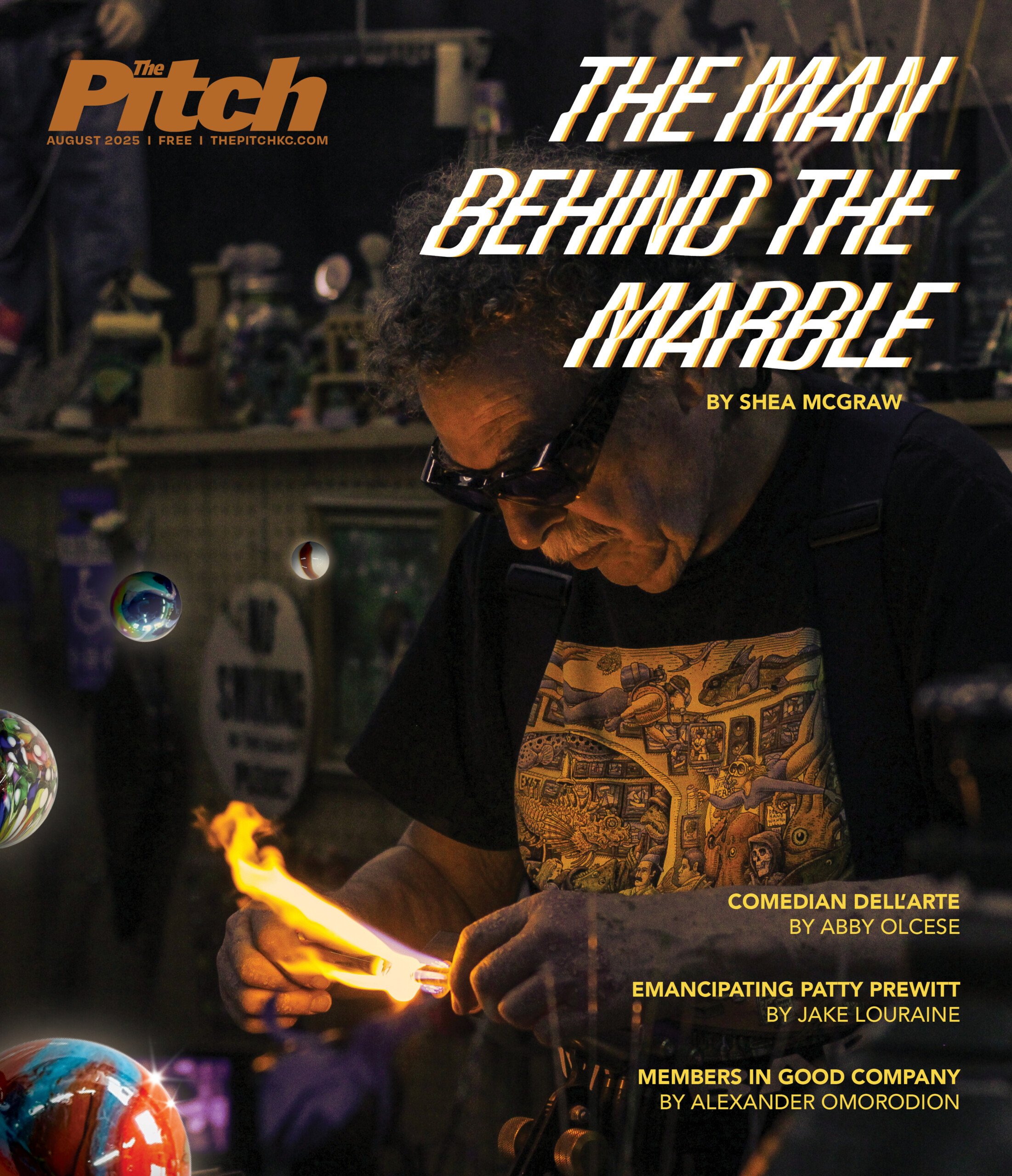Barbara Kopple talks about her Hot Type


“It’s hard to make a magazine visual and alive,” Barbara Kopple says. But if anyone could have made arresting cinema from the story of a 150-year-old newsstand provocateur, it was the director who won Oscars for her documentaries Harlan County USA (1976) and American Dream (1992).
Founded by Republican abolitionists in 1865, The Nation has published some of the most-discussed writings of Gore Vidal and Christopher Hitchens, counts Kansas City native Calvin Trillin as a longtime contributor, and was home to Jeremy Scahill’s unflinching coverage of military contractor Blackwater and drone warfare. It’s known for its cheap paper, its relentlessly type-intensive layouts, and for pissing people off. It is not known for pretty faces or behind-the-scenes drama.
“We were coming up on this 150th anniversary, and we were trying to conceive of how we could best celebrate this history,” Hamilton Fish, who published The Nation from 1977 to 1987 and serves as president emeritus of The Nation Institute, says by phone from New York. A documentary sounded good, but a greatest-hits telling of the magazine’s story was out of the question. “That approach may have addressed our vanity, but it really didn’t serve our objective, which was to introduce the magazine and its traditions to new generations of readers and consumers of information.”
Instead, Kopple’s Hot Type: 150 Years of The Nation — which plays at 6:30 p.m. Thursday at the Plaza Library (admission is free) — primarily follows current editor and publisher Katrina vanden Heuvel and her staff as they cover a series of issues, from the presidential election of 2012 to the failed recall of Wisconsin Gov. Scott Walker to the continuing crisis in Haiti. (There’s still a welcome bit of that greatest-hits feel when Susan Sarandon and Sam Waterston read excerpts from the magazine’s archives.)
“The way that we figured that we could do it was to go off with reporters when they were reporting and then go back into history and also get to have total access to the magazine and to the writing of it and what goes in inside of it,” Kopple says. “I don’t ever think I’ve done a film like this one before. But I loved every minute of it.”
Nation Executive Editor Richard Kim may not have shared her joy as she gathered material. In Hot Type, he is seen scrambling to meet deadlines while feeling cornered by the director and her crew.
“He hated it,” Kopple says. “He apologized after he saw the film. Writers are really quiet people. They’re used to doing work in solitary, and suddenly they have a film crew peering at everything they’re doing. So it’s a little tough. They didn’t really sign up for that. It’s hard enough to be a writer and to get people in the field to open up to you or to just take that time. I totally understood it, but it was also my job to have my camera peering down at him.”
Kopple has a long history of getting people to open up to her on camera. Four decades ago, she made her first masterpiece by persuading coal miners in Harlan County, Kentucky, to talk to her during a prolonged, violence-plagued strike. So it’s not a shock to hear Nation writers admit to her camera they feel stressed out and underpaid.
“What they say is sort of like a bartender when you’re drunk and you want to talk to somebody,” she says. “You just want to bare your soul. People are just excited and entranced and happy that you care about their story and want to tell it.”
And the low pay and high stress? “Nobody ever viewed their relationship to The Nation as a shortcut to riches,” says Fish, who appears in Hot Type and serves as executive producer. “Trillin reported that [former publisher] Victor Navasky offered him compensation in the ‘high two figures.’ It was an affectionate recognition of the impoverishment of the enterprise.” (Fish adds that The Nation led the way to forming a writers’ union that provides some benefits for editorial staffers who might not otherwise have been able to get them.)
Wages aside, though, The Nation attracted talent then — and attracts it now — because it’s always been an alternative to mass media.
“The culture, of course, was going in a different direction with People magazine and television in a magazine format,” Fish says, recalling the late 1970s, when his tenure began. “People were reporting on television essentially by reading a teleprompter and getting about $3 or 4 million a year to do that. We had this counterintuitive impulse to acquire and revive a text-heavy, visually challenged print product that eschewed hype and focused on serious questions about social issues and public policy.”
Hot Type argues that the plan worked, and that The Nation‘s smallness and outlier nature have bred a familial atmosphere that helps keep the magazine alive. Vanden Heuvel, for instance — the publisher in Hot Type —started at The Nation as an intern.
“Almost all the staff people are former interns, and all those interns have fresh new ideas for how The Nation will be relevant to the next generation,” Kopple says. “There’s a constant feeling, from watching the film, that the next generation of writers and editors are being honed and mentored to bring forward the cycle of passing the baton. You have to look at The Nation as passing the baton to the next generation.”




